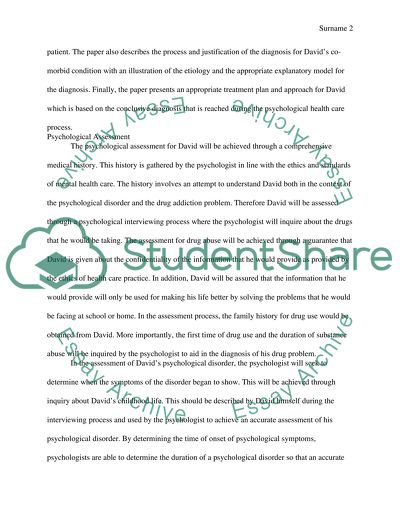Cite this document
(“Treating a Dual Diagnosis Client Research Paper”, n.d.)
Treating a Dual Diagnosis Client Research Paper. Retrieved from https://studentshare.org/psychology/1458057-treating-a-dual-diagnosis-client-personality
Treating a Dual Diagnosis Client Research Paper. Retrieved from https://studentshare.org/psychology/1458057-treating-a-dual-diagnosis-client-personality
(Treating a Dual Diagnosis Client Research Paper)
Treating a Dual Diagnosis Client Research Paper. https://studentshare.org/psychology/1458057-treating-a-dual-diagnosis-client-personality.
Treating a Dual Diagnosis Client Research Paper. https://studentshare.org/psychology/1458057-treating-a-dual-diagnosis-client-personality.
“Treating a Dual Diagnosis Client Research Paper”, n.d. https://studentshare.org/psychology/1458057-treating-a-dual-diagnosis-client-personality.


